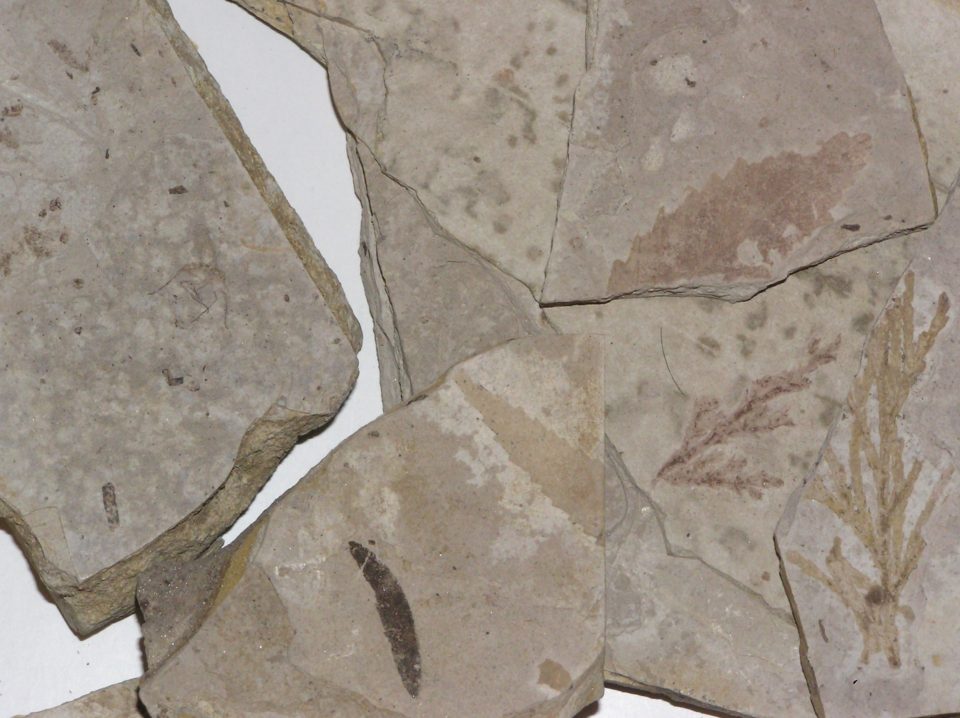The Local newsletter is your free, daily guide to life in Colorado. For locals, by locals.
Beneath the forested hills and rolling meadows an hour’s drive west of Colorado Springs lies one of the world’s richest fossil deposits. From huge redwood tree stumps to fish and butterflies, an entire ecosystem that once flourished in central Colorado has been serendipitously preserved, offering an intriguing hint of what our state looked like 34 million years ago.
At that time, a verdant forest covered the grassy montane valley now preserved as Florissant Fossil Beds National Monument. Ferns, palms, and regal redwoods thrived alongside elm, willow, and walnut trees. But 15 miles southwest of this idyllic scene loomed a large volcano whose flanks periodically collapsed, causing mudflows to roar down the valley at speeds of up to 100 miles per hour. One of these flows dammed a creek, creating a long lake in whose gooey bottom more than 1,700 species of plants and animals were entombed in mud, creating the conditions necessary to preserve them for posterity.

Some of the more than 50,000 specimens unearthed so far at Florissant can be viewed in the monument’s new visitor center. These fossil treasures range from catfish and a cuckoo bird to beetles, spiders, and flying ants, and even a small opossum.

But the national monument’s signature attractions are the redwood stumps, most of which are still rooted in the exact spots where they once grew. These include a circle of three tall stumps located just behind the visitor center at the start of the gentle, mile-long Petrified Forest Loop. This is the world’s only known trio of fossilized redwoods, which formed after these sprouts grew up around their parent. The same trail passes the remarkable “Big Stump,” whose 40-foot girth once supported a 500-to-1,000-year-old tree that rose 200 feet above the forest floor.
All of the redwood stumps were preserved after a mudflow buried the forest under 15 feet of sticky mud. While the trees’ exposed portions slowly rotted away, the mud protected the entombed portions from decay by replacing each cell’s organic material with the mineral silica, gradually converting the stumps from wood to stone.
And lucky for us, during the last 5 to 10 million years, the inexorable forces of erosion slowly unearthed Florissant’s fossil beds, revealing this extraordinary natural time capsule. If you’re looking for an educational weekend day trip this fall, go check out these petrified wonders for a glimpse into Colorado’s prehistoric age.








